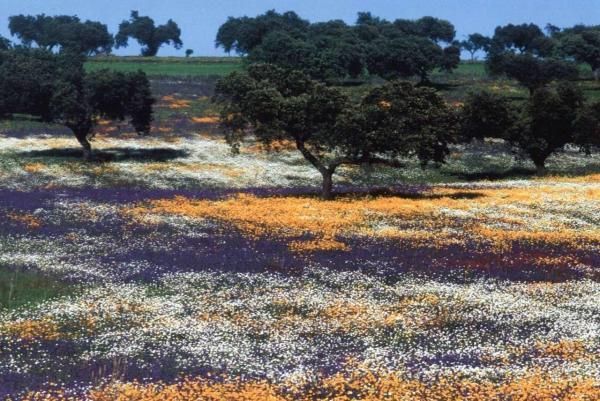Biodiversidad, Ecología y Evolución
Departamento


University of Johannesburg
Johannesburgo, SudáfricaPublicaciones en colaboración con investigadores/as de University of Johannesburg (18)
2023
-
Multiple introductions, polyploidy and mixed reproductive strategies are linked to genetic diversity and structure in the most widespread invasive plant across Southern Ocean archipelagos
Molecular Ecology, Vol. 32, Núm. 4, pp. 756-771
-
Phylogenomics sheds new light on the drivers behind a long-lasting systematic riddle: the figwort family Scrophulariaceae
New Phytologist, Vol. 240, Núm. 4, pp. 1601-1615
2022
-
Human activity strongly influences genetic dynamics of the most widespread invasive plant in the sub-Antarctic
Molecular Ecology, Vol. 31, Núm. 6, pp. 1649-1665
2020
-
An update on the indigenous vascular flora of sub-Antarctic Marion Island: taxonomic changes, sequences for DNA barcode loci, and genome size data
Polar Biology, Vol. 43, Núm. 11, pp. 1817-1828
-
Assessing thoraco-pelvic covariation in Homo sapiens and Pan troglodytes: A 3D geometric morphometric approach
American Journal of Physical Anthropology, Vol. 173, Núm. 3, pp. 514-534
-
Rib cage anatomy in Homo erectus suggests a recent evolutionary origin of modern human body shape
Nature Ecology and Evolution, Vol. 4, Núm. 9, pp. 1178-1187
-
Sexual dimorphism in the vertebral wedging of the human lumbar vertebrae and its importance as a comparative framework for understanding the wedging pattern of Neanderthals
Quaternary International, Vol. 566-567, pp. 224-232
-
Three-dimensional geometric morphometrics of thorax-pelvis covariation and its potential for predicting the thorax morphology: A case study on Kebara 2 Neandertal
Journal of Human Evolution, Vol. 147
2019
-
3D geometric morphometric analysis of variation in the human lumbar spine
American Journal of Physical Anthropology, Vol. 170, Núm. 3, pp. 361-372
-
Geometric Morphometric Studies in the Human Spine
Spinal Evolution: Morphology, Function, and Pathology of the Spine in Hominoid Evolution (Springer International Publishing), pp. 361-386
-
The influence of landscape, climate and history on spatial genetic patterns in keystone plants (Azorella) on sub-Antarctic islands
Molecular Ecology, Vol. 28, Núm. 14, pp. 3291-3305
2018
-
Eco-geographic adaptations in the human ribcage throughout a 3D geometric morphometric approach
American Journal of Physical Anthropology, Vol. 166, Núm. 2, pp. 323-336
-
The Decreasing Prevalence of the Arcuate Foramen
World Neurosurgery, Vol. 110, pp. 521-525
-
The torso integration hypothesis revisited in Homo sapiens: Contributions to the understanding of hominin body shape evolution
American Journal of Physical Anthropology, Vol. 167, Núm. 4, pp. 777-790
2017
-
The vertebrae and ribs of Homo naledi
Journal of Human Evolution, Vol. 104, pp. 136-154
2016
-
A hominin first rib discovered at the Sterkfontein Caves, South Africa
South African Journal of Science, Vol. 112, Núm. 5-6
2015
-
Homo naledi, a new species of the genus Homo from the Dinaledi Chamber, South Africa
eLife, Vol. 4, Núm. September2015